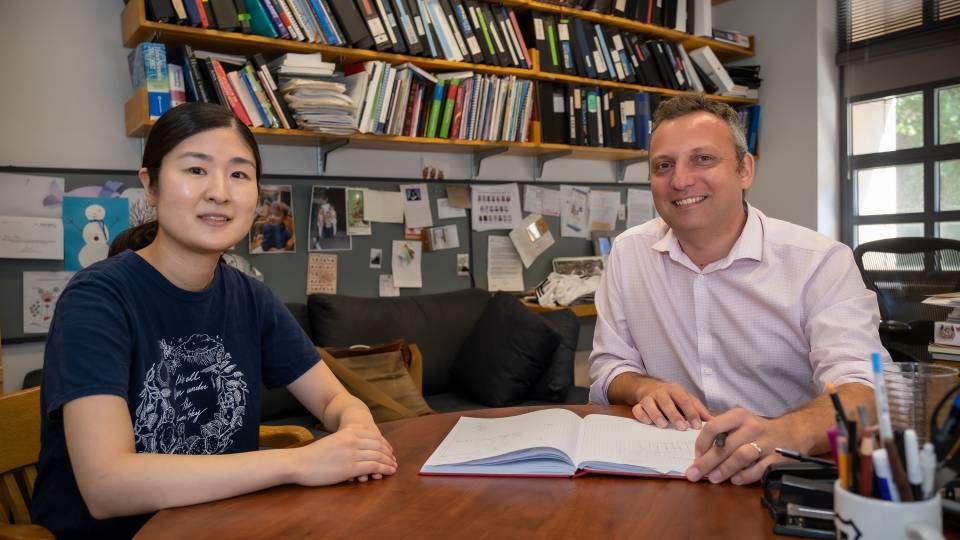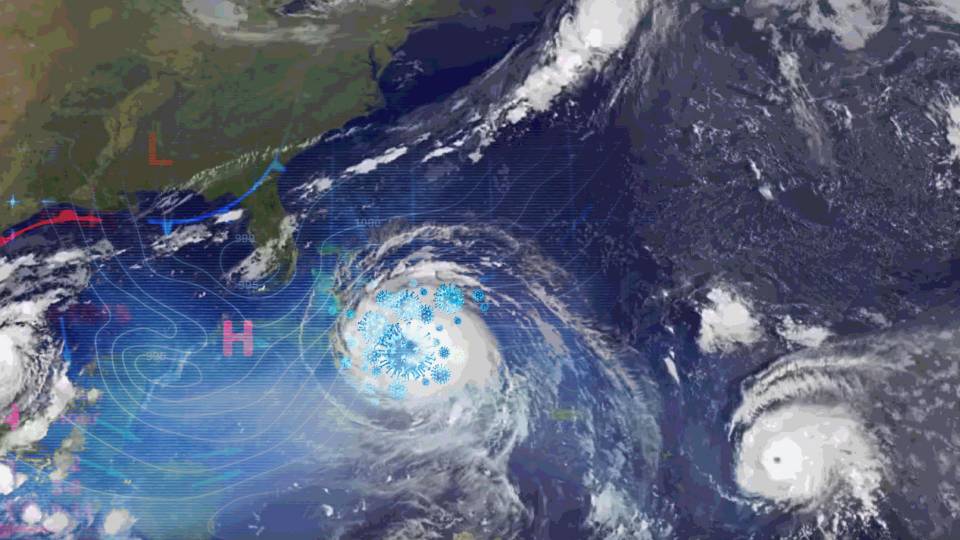A team of Princeton University scientists may have found a better way to make a vaccine against the flu virus.
Though theoretical, the work points to the critical importance of what has been a poorly appreciated aspect of the interaction between a virus and those naturally produced defensive proteins called antibodies that fight infection. By manipulating this multi-stage interactive process -- known as antibody interference -- to advantage, the scientists believe it may be possible to design more powerful vaccines than exist today.
The findings are described in the May 11 online edition of the Proceedings of the National Academy of Sciences.
"We have proposed that antibody interference plays a major role in determining the effectiveness of the antibody response to a viral infection," said Ned Wingreen, a professor of molecular biology and a member of the Lewis-Sigler Institute for Integrative Genomics. "And we believe that in order to get a more powerful vaccine, people are going to want one that minimizes this interference."
Other authors on the paper include Simon Levin, the George M. Moffett Professor of Biology, and Wilfred Ndifon, a former graduate student in Levin's lab and first author on the paper.
When a virus like influenza attacks a human, the body mounts a defense, producing antibodies custom-designed to attach themselves to the virus, blocking it from action and effectively neutralizing its harmful effects on the body.
Analyzing data about viral structure, antibody types and the reactions between them produced by virology laboratories across the country, Ndifon noticed a perplexing pattern. He found that antibodies were often better at protecting against a slightly different virus, a close cousin, than against the virus that spurred their creation. This is known as cross-reactivity.
A closer look, using techniques that combine computing and biophysics, suggested that a phenomenon known as antibody interference was at play. It arises when a virus prompts the creation of multiple types of antibodies. During a viral attack, what then transpires is that antibodies vie with each other to defend the body and sometimes crowd each other out as they attempt to attach themselves to the surface of the virus.
Strangely, antibodies that are actually less effective at protecting the body against a specific virus are often equally adept at attaching themselves to the virus, blocking the more effective antibodies from doing their job. The scientists suggest that if a way can be found to weaken the binding of the less effective antibodies, then this might constitute a new approach to vaccine design. Indeed, the perplexing pattern of enhanced cross-reactivities observed by Ndifon can be attributed to viruses that differ only at the sites on their surfaces where the less effective antibodies bind. Such variants would make ideal vaccine strains, guiding the immune system to produce two distinct types of antibodies: effective ones that are well matched to and good at binding to the infecting virus, and ineffective ones that are poorly matched to and bad at binding to the infecting virus, and consequently stay out of the way.
Today, vaccine designers, such as those working on new forms of flu vaccines, center their efforts upon developing a weakened strain of a virus that matches as closely as possible the anticipated infecting strain. Patients are then inoculated with this attenuated virus to provoke the creation of antibodies that will protect against future attacks.
The Princeton scientists suggest their findings show that a better way might involve intentionally developing a vaccine strain that differs from the anticipated infectious virus at the sites where less effective antibodies bind. In this way, the ineffective antibodies would stay out of the way in the face of a real influenza virus, allowing the effective antibodies to more fiercely fight the dangerous infecting strain when it comes along.
The team does not expect to develop a vaccine but is hoping to inspire others. Wingreen is a theoretical physicist, Levin is a theoretical ecologist and Ndifon was a graduate student learning theoretical biology. "Our best bet is to express our ideas as clearly as we can and hope someone will find them interesting and do the necessary experiments to verify or disprove them," Wingreen said.
The research was supported by a Burroughs Wellcome graduate fellowship and by the Defense Advanced Research Projects Agency.


